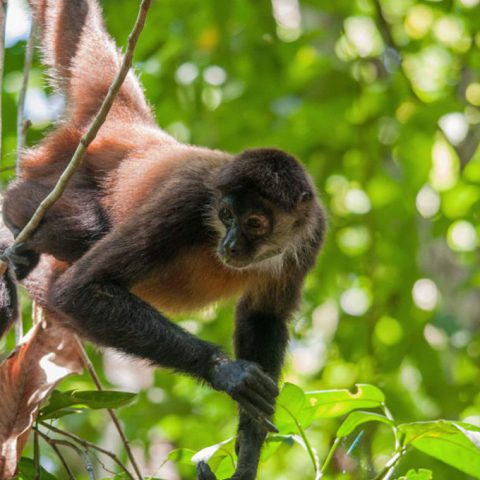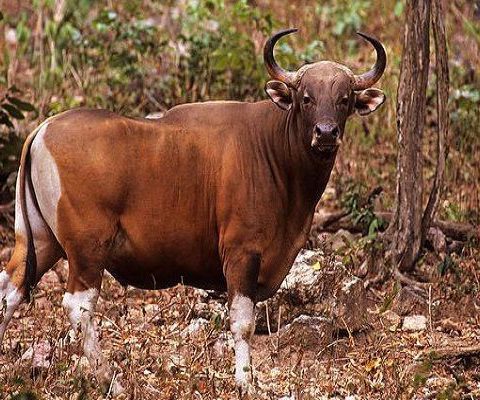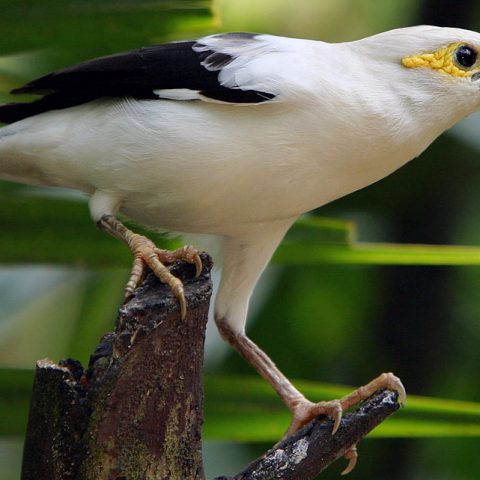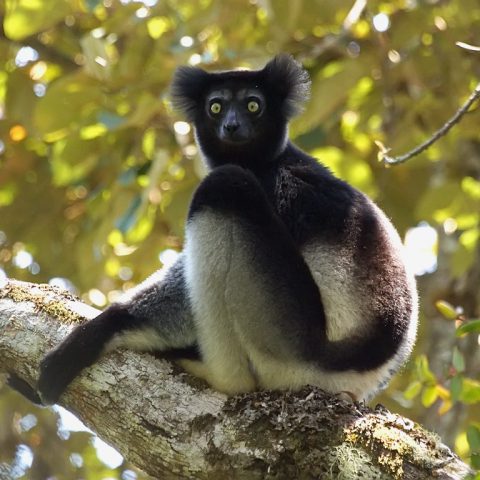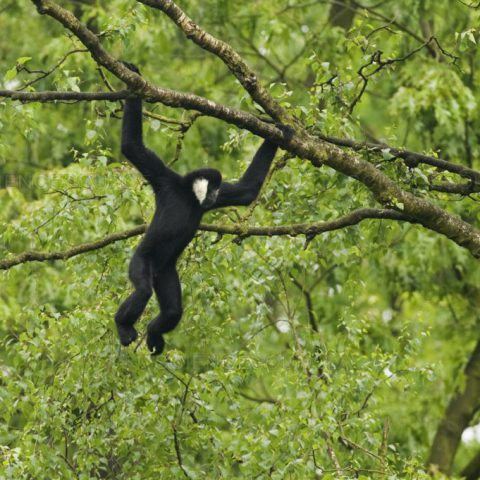Sumatran Orangutan
![]() Critically Endangered
Critically Endangered
Population
14,500 are estimated to remain
Size
0.9 – 1.4 metres tall
Weight
45 – 90 kilograms
Countries
Indonesia
Distribution
The Sumatran Orangutan has recently experienced a population increase, which is fantastic news. The most recent population surveyed provided an estimate of around 14,500 orangutans surviving in the wild. This has actually double since the population was in a dire situation in 2004 with just an estimated 7,000 animals remaining.
Sumatran Orangutans are only found throughout the northern parts of the island of Sumatra, Indonesia. The population of Sumatran Orangutans is rather fractured with only one population remaining with a population of 1,000 animals sharing borders and habitat which is known as the Leuser Ecosystem, which follows the border between the Aceh and North Sumatra provinces.
The Leuser Ecosystem is the largest rainforest ecosystem conservation area in Southeast Asia and is estimated to be home to 90% of Sumatran Orangutans, while also being home to remaining populations of Sumatran Tigers and Sumatran Rhinoceros and many other threatened species.
Description
A Malay word for “person of the forest”, the Sumatran Orangutans are one of mans closest relatives on the planet, and around the size of a large human child being. They are of orange/red colour with thing long hair and often possess the look of a smart being, which they indeed are.
A member of the great apes, the Sumatran Orangutan is almost exclusively arboreal, living amongst the trees in tropical rainforests. Males tend to travel more on the ground than females of the species, but even so it is a rare site to behold. This is often to avoid possible predators in Sumatran Tigers which roam similar habitats.



Quick Facts
Aside from the Sumatran Orangutan’s behaviour of being arboreal and living mostly in the trees, the species has shown other really interesting behaviours,
- They have been observed using tools at Suaq Balimbing Swamp. The animals will often break off a tree branch around 30 centimetres in length, removing the twigs and fraying one end after which they will use the tool to dig in tree holes for termites or bee’s nests to capture the honey
- If the animal feels its tool is useful they will often keep it and can have their own toolboxes of tools for different purposes, whether to help strip the painful hairs of the Neesia fruit or a tool to gather honey or insects
- Another tool utilised by Sumatran Orangutan’s is using a large leaf like an umbrella during rains
- Sumatran Orangutan’s use long contact times, slow movement and a wide variety of positions to be able to hold their weight amongst the tree tops. They have even been known to sway the trees to get the motion to get to the next tree
- – Sumatran Orangutan’s have a repertoire of 64 different gestures which have been identified with which 29 are thought to be understood by other Orangutans with a specific meaning including, affiliate/play, stop action, look at, take object, share and move away. As a result the species does not communicate vocally, and does not have any audible danger signals
The Sumatran Orangutan has a more frugivorous and insectivorous diet compared to other species of Orangutans. With a preference for figs and jackfruits, A diet for the Sumatran Orangutan consists of
- Figs
- Jackfruits
- Bird eggs
- Small vertebrates
- Inner bark of trees (although not often)
- Many other fruits, preferring fruits with large seeds
- Many varieties of insects – ants, termites
- Leaf material
Studies have shown that orangutans in the Ketambe area in Indonesia ate over 92 different kinds of fruit, 13 different kinds of leaves, 22 sorts of other vegetable material such as top-sprouts, and pseudo-bulbs of orchids. Insects included in the diet are numbered to at least 17 different types.
When there is low ripe fruit availability, Sumatran orangutans will eat the meat of the slow loris, a nocturnal primate, this however is very rare. Water consumption for the orangutans was ingested from natural bowls created in the trees they lived around.
The Sumatran Orangutan has a range of different habitats that it can be found in.
- Lowland Rainforest
- Highland Rainforest
- Swamps
Despite the Sumatran Orangutan seeing a resurgence in the wild population over the last decade, it is still critically endangered and facing multiple threats
- Logging – Logging is a real threat to the habitat of the species, both illegal and legal logging are causing significant habitat loss throughout their home range. It is estimated that around 1,000 animals are lost each year due to logging activities
- Conversion of forest to agricultural land and palm oil plantations. The Tripa peat swamp forests, on the west coast of Aceh are being cleared and burned to make way for large scale palm oil concessions and despite some success in slowing down the pace of Tripa’s destruction, as a result of campaigning by the SOCP, there is still a real possibility that Tripa’s peat swamp forests and their Orangutan population will be gone forever in as little as one or two more years
- Fragmentation – populations are becoming increasingly fragmented by roads running through the natural habitats. This is making it harder for the species to live in viable and sustainable populations
- Local hunting – not typically a species which is poached, the only threat is from local hunting where Sumatran Orangutans used to be hunted for food which still occasionally happens amongst the Batak people as well as being considered pests by farmers
- Air sacculitis – a bacterial infection similar to Streptococcus in humans. This disease is only present among captive Orangutans and requires the same human cure. It has potential to cause issues to the wild population if it finds its way there
Conservation Efforts
Sumatran Orangutan Conservation Programme
The Sumatran Orangutan Conservation Programme is a tremendous organisation doing absolutely fabulous work for the species. Working throughout many locations in North Sumatra, SOCP works to save and help the species through a number of fronts,
– Confiscation & Rehabilitation – helping rescue animals which have been illegally taken from the wild and then helping rehabilitate them before releasing them back into the wild. Well over 200 animals have been rescued, rehabilitiated and release back into the wild.
- Habitat Protection
- Research to further learn more about the species
- Education
- Campaigns to limit logging and destruction of crucial Sumatran Orangutan habitat



